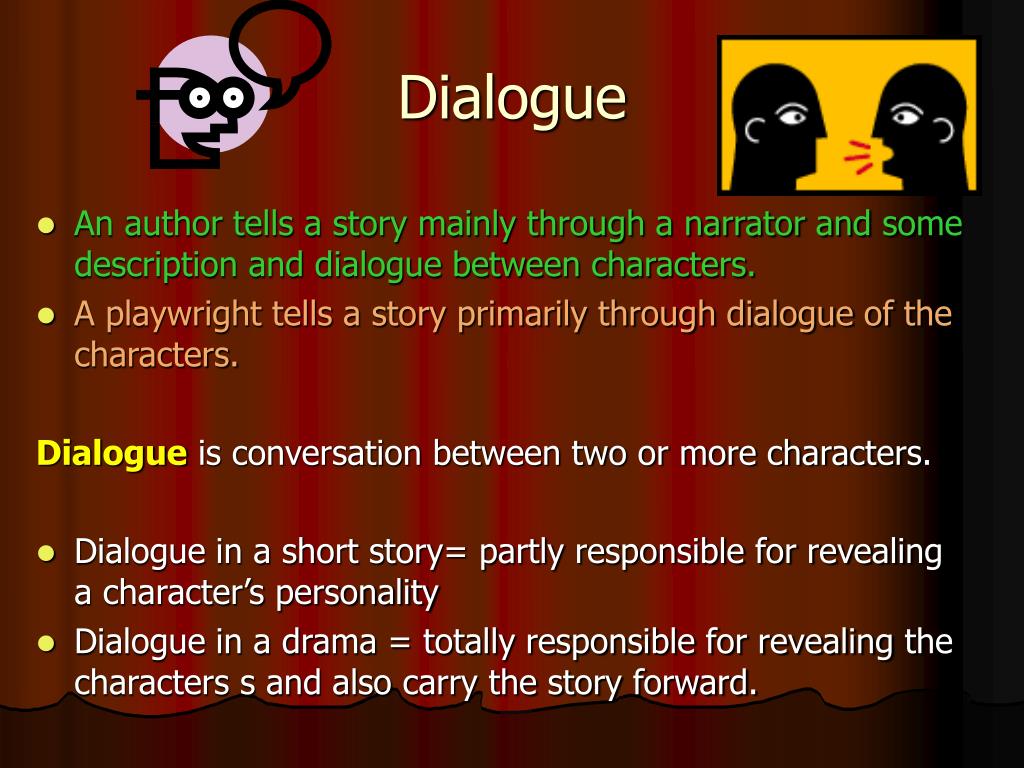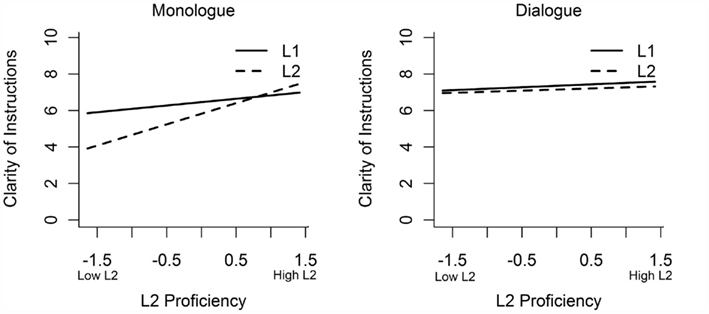

Perhaps the participant wrote down, "I need to buy some bread." The researcher would then ask if that's what they actually thought.


At the end of the day, they met with a researcher to go over their responses. Whenever the device beeped, they had to write down what they were thinking or experiencing in their mind just before the sound. Hurlburt studied participants' inner speech by asking them to wear a beeper. This long-held assumption that all people rely on an inner voice was first challenged in the late 1990s, in large part by research led by Russell Hurlburt, a psychologist at the University of Nevada, Las Vegas. Are you engaging in inner speech on purpose? For reasons we don't know, sometimes inner speech can just come to you or drift to entirely random and seemingly disconnected topics.īut a long-time confounder in studying inner speech was the fact that, in studies, people expressed their thoughts in words, Lœvenbruck said, even if they weren't exactly thinking in words. But other times, like when you're preparing for a conversation or presentation, you're likely thinking in whole sentences and paragraphs. Sometimes you think in words or fragments. The second dimension is condensation, a measure of how verbose your inner speech is. A monologue happens when you think to yourself something like, "I need to buy bread." But other times, when you are reasoning, you might entertain and engage several points of view - like a conversation, a dialogue. So the first dimension measures whether you're thinking in a monologue or a dialogue. Humans can have such complex inner speech, there's debate about whether it's accurate to call all inner speech a monologue. Lœvenbruck's research looks at inner monologues in three dimensions, according to a 2019 study she and colleagues published in the journal Frontiers in Psychology.


 0 kommentar(er)
0 kommentar(er)
